Commerce Management System (ERP)
Role: UX Professional
Time: Ongoing from 10 months
Company: Codesplice
Type: SaaS Product
My part:
-
Developed an Enterprise Resource Planning (ERP) system, established a
robust UI design system, process flows and delivered within scope, timeline and
budget constraints.
- Conducted research and competitive analysis for ERP platforms, working
with SAP and OrderWise.
- Led the digitalization of stock management processes, streamlining
inventory control and improving operational efficiency.
- Facilitated on-site client discussions in the Czech Republic, gathered
user stories, iterated and implemented UI design, and coordinated with
cross-functional teams internationally, stakeholders, developers, testers.
The goal of this case study is to outline the UX design process for creating a SaaS ERP system tailored for pharmaceutical industries. The ERP system aims to streamline operations, ensure compliance with industry regulations, and enhance efficiency for pharmaceutical companies.
The ERP system aims to streamline operations, ensure compliance with industry regulations, and enhance efficiency for pharmaceutical companies.
User research, Competitive analysis and Insights
Conducted interviews and surveys with pharmaceutical industry professionals to understand their workflows, pain points, and needs related to ERP systems.
Identified key user personas representing roles such as manufacturing managers, quality assurance specialists, regulatory compliance officers, and IT administrators.
Explored the specific challenges and regulatory requirements faced by pharmaceutical industries.
Analyzed existing ERP systems and software solutions catering to pharmaceutical industries. Assessed their features, functionalities, user interfaces, and pricing models.
Studied industry regulations, compliance standards, and best practices. Identified gaps and areas for improvement compared to existing solutions.

Users maintain Goods-IN and Goods-OUT book to record stock and their specifications.
ERP systems are generic. Users cannot specify which users will have access to which suppliers and customers.
Reports generated by the system is not in compliance with the authorities. The format varies with different countries.
Users maintain an excel to record Purchase and Sales activity to track product life-cycle and annual valuations. It is approximate as it is not possible for them to update the excel all the time.

Data encryption, access controls, and user authentication mechanisms are implemented. Role-based access permissions restrict access to sensitive data based on the user's role.
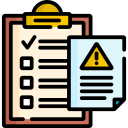
System should be pharma inclined, and compliant with regulations of different authorities in different countries.

Standard and customizable reports allow users to generate and analyze data.
Real-time dashboards and analytics tools provide visual representations of product lifecycle.
Define goals and brainstorm ideas

A setup can be designed to record stock activity coming and going from the warehouse.

Dashboards can be designed to showcase product data and transaction trace.

Instead of manual notes, a separate section for comments can be provided which will be forwarded to the next team for further action.
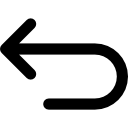
Purchase Orders and Sales Orders should be capable of undoing the calculations in the system whenever there is recall or return.
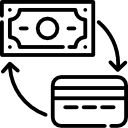
Raising credit and debit notes should re-calculate the stock and margin valuations and user should be able to track the activity.

User should track the cancellations and therefore supplier and customer history.
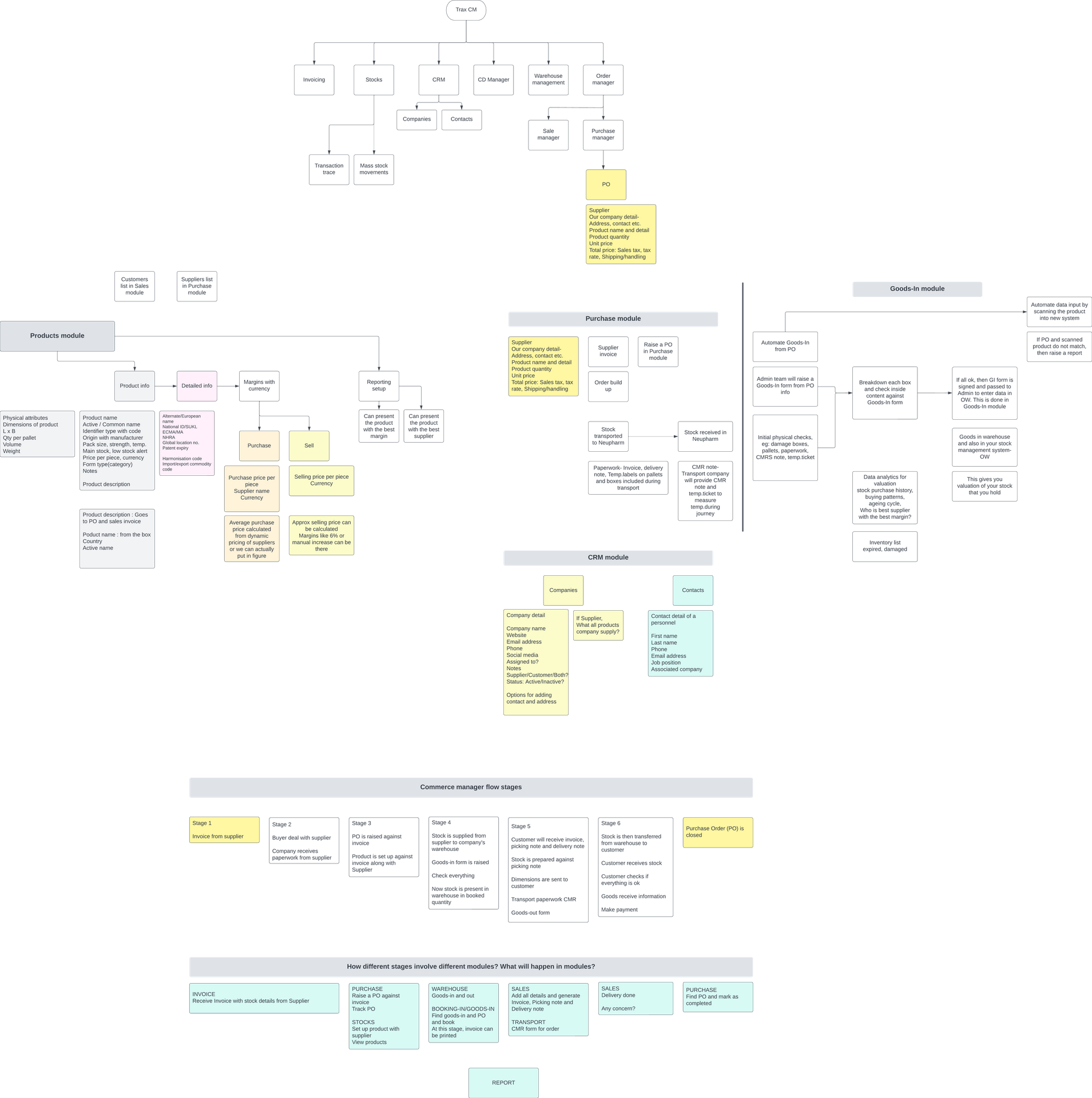

I dug too deep!
I got lost in the loop. I started getting into deeper scenerios and loosing the grip over the track. I got too many information about too many areas and I started making up flows for different modules at the same time.

Peers to the rescue
My peers helped me to get out of the loop.
I realised I have to start with the high level overview instead of deeper scenerios.
Once the modules are finalized, I can start digging up scenerios one module at a time.
Create Products with detailed info required by different governing bodies, set the Sale and Purchase specifics and allow user to repack a product
Supplier and Customer access to specific users or user groups
Include Supplier and Customer licenses for import/export of CD products

Show analytics of Purchase and Sale according to users along with the valuation within a specific timeframe
Record Purchase-Sale activity along with Product lifecycle in the reports

Show valuations and margins based on Purchase-Sale activity

Show analytics of Purchase and Sale according to users along with the valuation within a specific timeframe
Show analytics of Purchase and Sale according to users along with the valuation within a specific timeframe
Show analytics of Purchase and Sale according to users along with the valuation within a specific timeframe
Flow chart, Lo-fi and Hi-fi prototypes

Emphasized simplicity in design to reduce cognitive load and enhance usability. Avoided clutter and complexity in interface design to provide a clean and focused user experience.

Established standardized design components and interaction patterns to facilitate familiarity and ease of use for users. Ensured consistency in branding and visual identity to reinforce the system's identity and credibility.

Ensured that the system can handle increasing data volumes, users, and business complexity without sacrificing performance or usability and provide easy integration.

Used primary pharma color to reflect the branding and identity of pharmaceutical companies. Considered variations and shades to add depth and richness to the color scheme.

Provided clear and timely feedback to users to indicate the status of their actions and system processes. Designed error messages and notifications that are informative, actionable, and easy to understand.

Implemented encryption, authentication, and authorization mechanisms to safeguard user information and system integrity by adhering to industry standards for data security and compliance.
Developed interactive prototypes to simulate the user experience.
Conducted usability testing sessions with stakeholders to gather feedback on the prototype.
Iterated on the design based on user feedback to improve usability and functionality.

The prototype outlines the navigation structure of the ERP system, including menus, sub-menus, and navigation paths between different modules and features. It illustrates how users can move through the system to access various functions and data.

The prototype includes a design for the system's dashboard, which provides users with an overview of key metrics, alerts, and actionable insights. The dashboard layout and widgets are designed to offer users quick access to relevant information and tasks.
Testing, Iteration and Launch
Scheduled a meeting or workshop with key stakeholders and end-users who will be interacting with the ERP system.
Presented the design of the ERP system, focusing on the key features, functionalities, and workflows that have been developed based on user research and design principles.
Provided context on the goals and objectives of the ERP system, emphasizing how the design aligns with user needs and business requirements.
Conducted a demonstration or walkthrough of the ERP system, guiding users through the various modules, screens, and interactions.
Highlighted key features and functionalities, demonstrating how users can perform common tasks and achieve their goals within the system.
Conducted usability testing sessions with end-users to evaluate the effectiveness of the design.
Identified usability issues, pain points, and areas for improvement.
Gathered qualitative and quantitative data to inform design decisions.
Facilitated a feedback session where users can share their thoughts, opinions, and suggestions about the design of the ERP system.
Used open-ended questions to encourage users to provide detailed feedback on specific aspects of the design, such as usability, clarity, and functionality.
Captured feedback in real-time using note-taking tools, digital surveys, or collaborative whiteboarding software.
Iteratively refined the design based on user feedback and testing insights.
Enhanced the interface to improve usability, accessibility, and overall user experience.
Ensured consistency across different devices and screen sizes.
User training
Hands-on training sessions were conducted to give users practical experience using the ERP system. These sessions involved demonstrations, interactive workshops, and guided exercises where users can practice navigating the software and performing common tasks.
Training was tailored to the specific roles and responsibilities of different users within the organization.
For example, employees in the finance department may receive training on financial modules, while those in the sales department may focus on order processing and customer management.
Team Neupharm, Lomnice nad popelkou, Czech Republic
Development of the SaaS ERP system for pharmaceutical industries involved extensive research, competitive analysis, design thinking, and iterative prototyping.
By incorporating user-centered design principles and industry-specific insights, the resulting ERP system provides pharmaceutical companies with a powerful tool to streamline operations, ensure compliance, and drive business growth.
This site was created with the Nicepage
